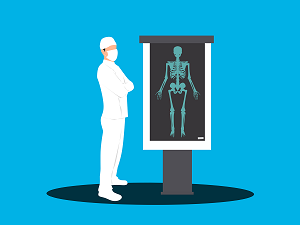
Healthcare Ransomware Problem Getting Worse. Ransomware attacks are one of the most prevalent cyber attacks on healthcare. It has been around for many years; however, it became a trend in 2016. Recently, there is a significant increase in the frequency and types of Healthcare ransomware problems perpetrate.
Since 2019, even before Covid-19, healthcare providers became the primary target of ransomware attackers because they are more likely to pay the ransom. They want to prevent the attackers from stealing or leaking patients’ sensitive information such as the patients’ names, social security numbers, addresses, phone numbers, medical data, insurance details, and so much more.
Covid-19 only made the vulnerability of the healthcare sector worse. Numerous healthcare providers had to lay off staff, including IT and cybersecurity staff. There is more vulnerability, and this is what these malicious criminals are leveraging. The consequences of ransomware attacks are dire for the healthcare industry. In addition to security issues that come with data breaches, it also leads to disruption of medical care. To prevent loss of life, healthcare providers, to a great percent, tend to give in to ransomware criminals’ extortion requests.
For example, in June 2020, the University of California San Francisco (UCSF) School of Medicine paid its attackers $1.14 million. Ransomware attacks are so successful despite their tremendous danger and financial costs, largely because of inadequate cybersecurity strategies on the part of healthcare providers. The development of Cybersecurity strategies has to embrace to detect and prevent ransomware attacks. This cybersecurity strategy starts from understanding the life cycle of ransomware attacks.
